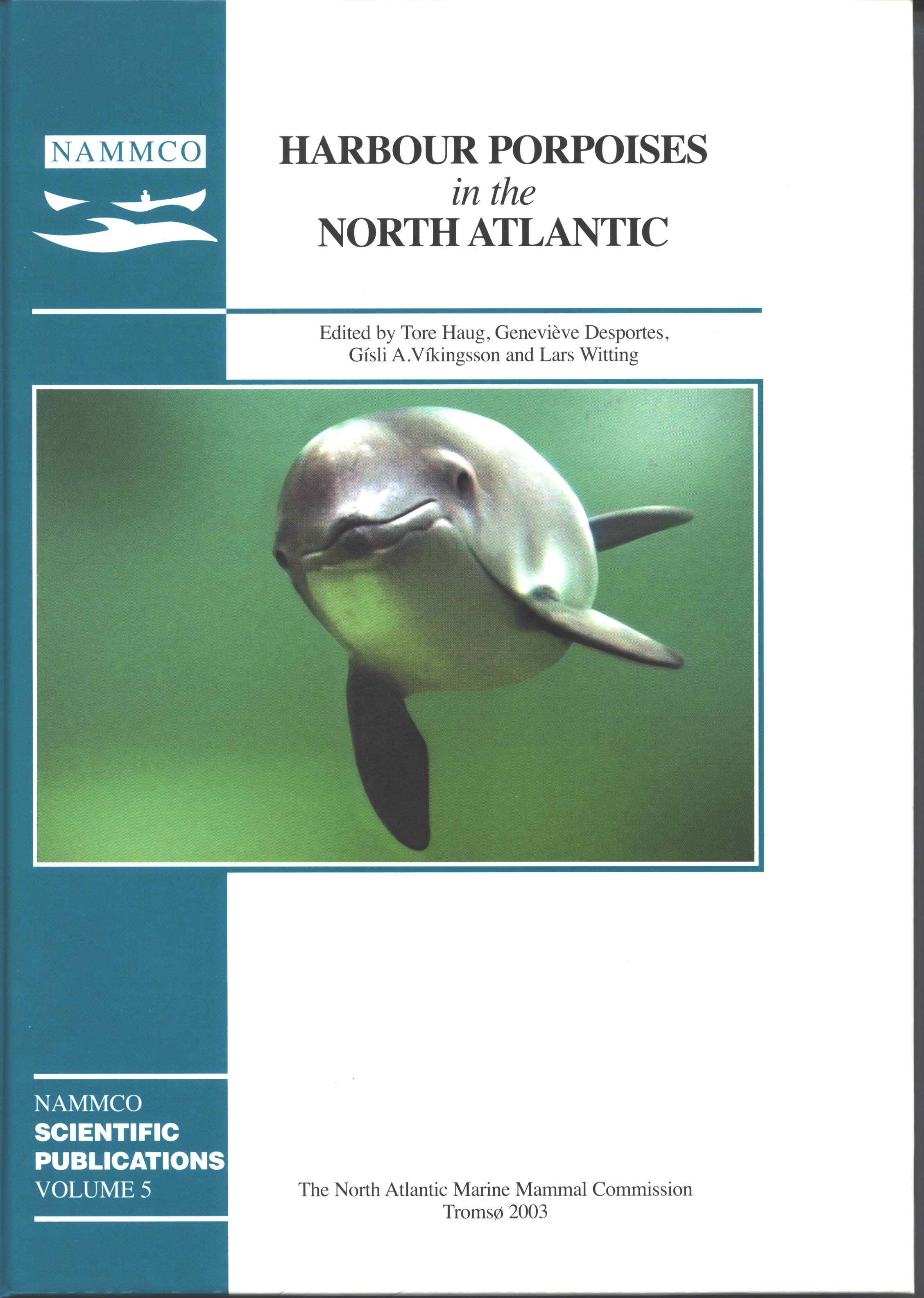A review of methods for defining population structure in the harbour porpoise (Phocoena phocoena)
DOI:
https://doi.org/10.7557/3.2739Keywords:
harbour porpoises, population structureAbstract
Wide-ranging methods that have been used to determine population structure, including distribution, life history, biology, ecological factors such as diet and contaminant loads, morphology and genetics, are reviewed. The importance of determining population sub-structure of harbour porpoise throughout the North Atlantic, especially in regions affected by incidental take in fisheries, is discussed in relation to management measures. Some practical proposals are made for integrating diverse information about populations, using the phylogeographic approach, for thepurpose of evaluating the need to manage putative subpopulations separately. Examples focusingon the North and Baltic seas areas are used in this discussion, with some reference to other areas. It is concluded that the existing IWC proposal for 13 populations in the North Atlantic is generally supported, but with some refinement and modification; in particular, allowing sub-divisions in the area through the North Sea to the Baltic.Downloads
Published
2003-07-01
How to Cite
Lockyer, C. (2003). A review of methods for defining population structure in the harbour porpoise (<i>Phocoena phocoena</i>). NAMMCO Scientific Publications, 5, 41–69. https://doi.org/10.7557/3.2739
Issue
Section
Articles





